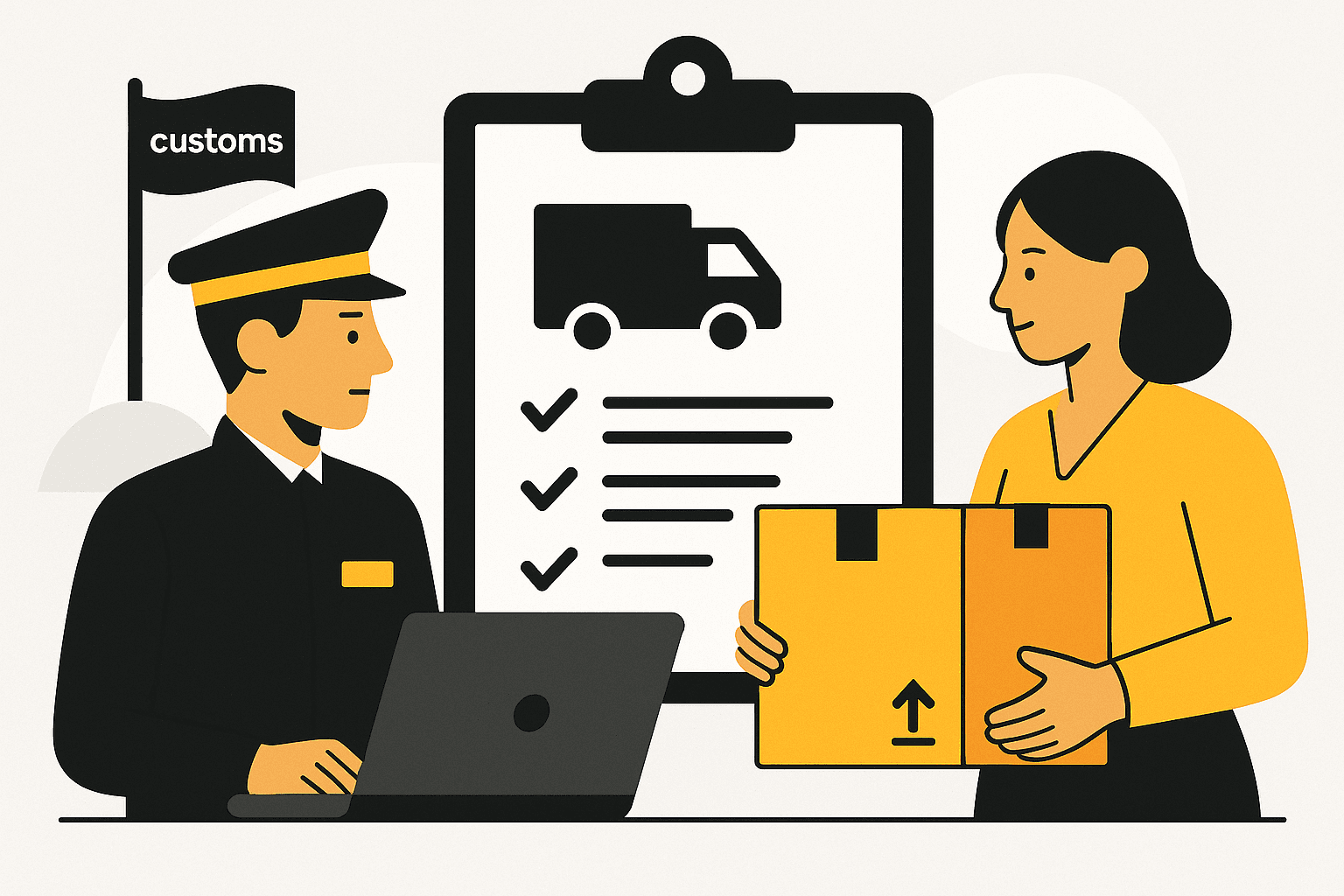AI-Powered Customs Intelligence: HS Code Definitions

Executive Summary
The AI-Powered Customs Intelligence project delivers an advanced AI-powered system that unifies theoretical HS-code definitions with real-world trade data. By integrating two phases of projects - Phase A (official and structural HS-code definitions) and Phase B (historical large-scale product descriptions from customs declarations) - the solution provides a single platform for accurate and efficient classification. Built on a foundation of large-scale data optimization, semantic embeddings, and a LangChain-based chatbot, the system enables customs officers, managers, and business users to access both legal definitions and practical product HS code matches in one place. This unified approach improves compliance accuracy, reduces reliance on manual processes, and establishes a scalable framework for modern customs operations.
Introduction
International trade depends on the Harmonized System (HS), a globally standardized method for classifying goods. However, aligning the legal definitions of HS codes with the descriptions of real-world products has long been a complex challenge. Phase A addressed the theoretical side of the system by structuring the legal framework of HS codes, including sections, chapters, and official explanatory notes. While this provided the essential foundation for compliance, it lacked practical application, as officers and businesses often struggled to connect abstract definitions to actual goods. Phase B, on the other hand, focused on the practical side, compiling a massive dataset of 65.5+1.8 million product descriptions from customs declarations. This dataset reflected the reality of international trade but was plagued by issues such as duplication, inconsistency, and the absence of alignment with the official HS-code structure. Operating these two phases of the project separately created a fundamental gap: customs officers and businesses had to choose between rigid theoretical definitions or messy real-world data, with no unified tool to bridge the two. This slowed classification, introduced errors, and limited the ability to make informed, data-driven decisions.
The Problem
Despite the critical role of HS codes in regulating international trade, customs authorities and businesses faced major obstacles in applying them effectively. Classification work was still largely manual, requiring officers to search through millions of records to identify the right code for each product. This process was not only time-consuming but also prone to misclassification, which carried significant compliance and financial risks. The underlying data environment further compounded these challenges. The MSSQL database used for customs operations contained vast amounts of duplicate and inconsistent product descriptions. These redundancies slowed down searches, made it difficult to standardize results, and created confusion when similar products appeared under conflicting entries. At the same time, the outputs of Phase A (theoretical HS-code definitions) and Phase B (real-world customs case data) remained siloed. Without integration, officers had to switch between abstract legal definitions and unstructured product descriptions, a workflow that limited efficiency and accuracy. Finally, business users such as importers and exporters lacked direct access to HS-code search tools. Instead, they relied heavily on consultants and brokers to interpret codes on their behalf. This dependency increased operational costs, slowed trade activities, and made compliance less transparent.
The Solution
The project implemented a comprehensive AI-powered pipeline to optimize customs data and provide an intelligent chatbot interface for HS-code classification. The first step involved data optimization and cleaning, where the team connected to the MSSQL database containing 65.5+1.8 million product descriptions and performed large-scale deduplication and normalization. This process ensured that the dataset was accurate, standardized, and ready for efficient AI-driven retrieval. Next, the data ingestion pipeline processed the cleaned dataset in batches. Each record was converted into semantic embeddings using OpenAI's text-embedding-3-small, then stored in Pinecone for fast, semantic search capabilities. Key metadata was mirrored in MongoDB, providing flexible filtering, analytics, and context for chatbot sessions. The system also included chatbot development built on FastAPI and LangChain, leveraging GPT models to generate accurate, context-aware responses. The chatbot could instantly provide HS-code suggestions along with supporting context from both theoretical definitions and real-world product examples. A crucial part of the solution was the integration of Phase A and Phase B. By combining theoretical HS-code structures with practical product data, the system enabled systematic comparison of classification results, highlighting and justifying the top 10 most suitable HS codes for any given query. Finally, the project emphasized evaluation and continuous improvement, including ablation studies on embedding models and chunking strategies to optimize retrieval quality.
Results
The project delivered significant improvements across multiple dimensions of HS-code classification and customs operations. Operational efficiency was dramatically enhanced, reducing search and classification time from minutes to seconds, allowing customs officers to process queries far more quickly and effectively. Accuracy and reliability were also improved, as duplicate and inconsistent data were eliminated, and the chatbot provided citation-backed answers drawn from both theoretical definitions and real-world product examples, increasing trust in automated recommendations. By integrating outputs from Phase A and Phase B, the system enabled unified decision-making, allowing managers to conduct side-by-side comparisons of classification results and identify the top 10 most relevant HS codes for compliance purposes. Finally, the project empowered business users by delivering a self-service chatbot interface for importers and exporters, reducing reliance on external consultants, cutting costs, and accelerating trade-related decision-making. Overall, the solution established a faster, more accurate, and more transparent HS-code classification process that benefited both authorities and industry stakeholders.
Conclusion
The AI-Powered Customs Intelligence project demonstrates the transformative potential of AI in modernizing customs data management. By optimizing a dataset of 65.5+1.8 million product records, deploying a scalable and intelligent chatbot, and integrating outputs from both theoretical and practical HS-code projects, the system enables faster, more accurate classification while bridging the gap between compliance rules and real-world trade data. The unified platform empowers customs officers, managers, and business users to make data-driven decisions, access reliable HS-code recommendations, and reduce dependency on manual processes or external consultants. The success of this project establishes a strong foundation for continued AI-driven innovation in customs operations, highlighting the value of combining large-scale data optimization with intelligent retrieval systems to enhance efficiency, accuracy, and transparency across the trade ecosystem.